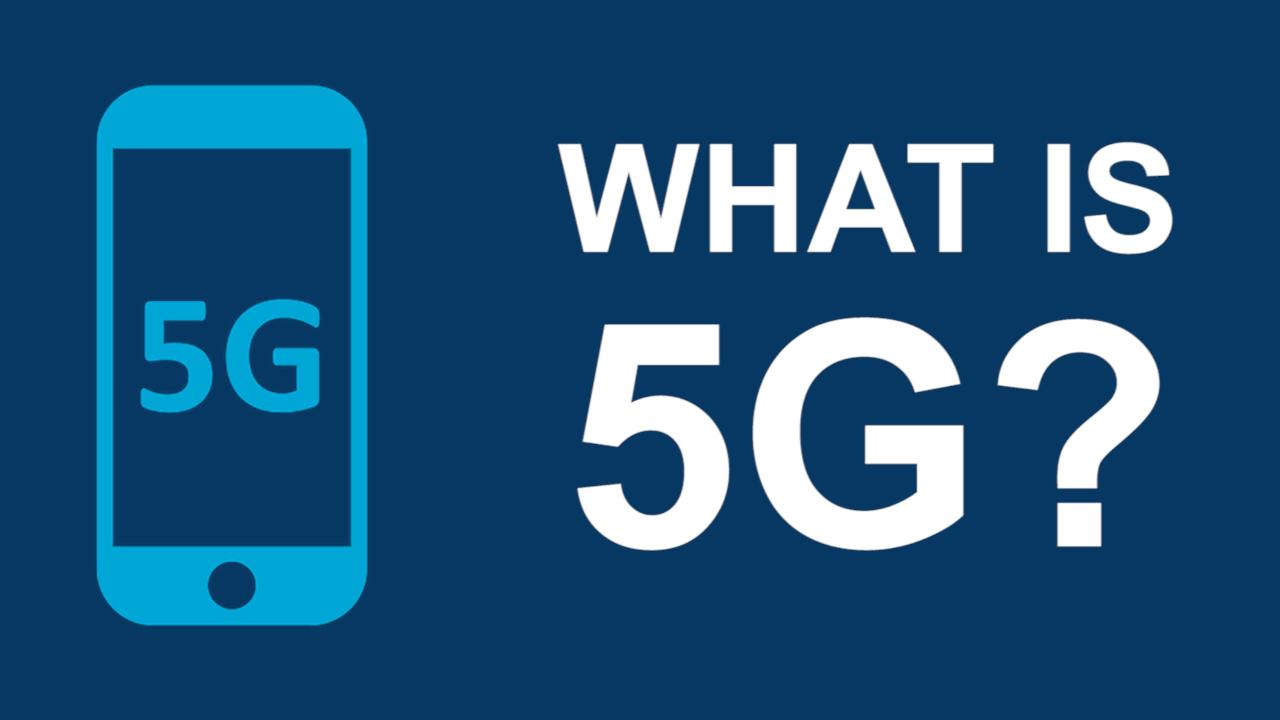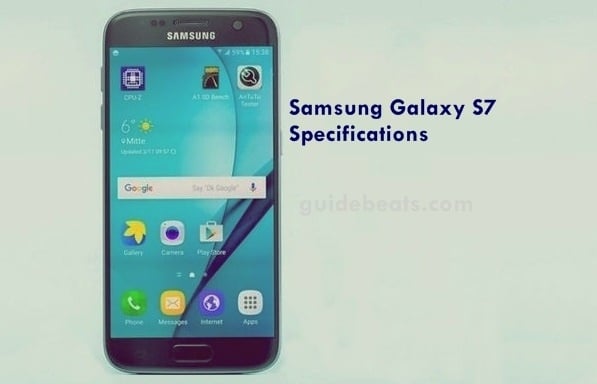VIVO V19 INDONESIA SPECS, PRICE AND Review: When it comes to the budget smartphones, the well-known names are Xiaomi, Realme, Oppo and Vivo. These 4 brands have been dominating the budget smartphone market for a very long time now, but they have also tried their hand in the mid-range market. Unlike, OnePlus which has shifted to the flagship market all these brand have stick to their roots. Very Recently, Vivo launched its latest mid-range smartphone called the Vivo V19 (Indonesia).
Back in March 2020, Vivo announced the Vivo V19(Indonesia) and later in the month launched the device. The device comes with a great design, better cameras and a surprisingly good built quality. Unlike a budget device, we expect a mid-ranger to be not best but good at everything whether it be specifications, cameras quality or display. The Vivo V19 is one of the best mid-range devices out there as it checks every box whether it be cameras, battery life or even everyday performance. VIVO V19 INDONESIA SPECS
VIVO V19 INDONESIA SPECS

Vivo V19 (Indonesia) comes with a tall 6.44” Super AMOLED display with an 84.9% screen-to-body ratio. The build of the device consists of a plastic back and a plastic frame, which is just fine. The display has a resolution of 1080 x 2400 pixels with Corning Gorilla Glass protection on the front glass. Powering the device is a Snapdragon 675 chipset based on 11nm technology with an Octa-core CPU and Adreno 612 GPU. The gaming and graphics rendering on the Snapdragon 675 are highly improved which leads to better gaming experience and great performance in day-to-day use. The device has two UFS 2.1 storage options 128GB and 256GB both comes with 8GB of RAM and you can increase the storage capacity of the device as it has a dedicated microSD card slot.
Now coming to that L-Shaped camera setup, the Vivo V19(Indonesia) has a quad-camera setup at the back with a 48MP main camera with f/1.8 aperture, then there is an 8MP Ultrawide angle camera with f/2.2 aperture, there is a 2MP macro camera with f/2.4 aperture and lastly, there is a 2MP depth sensor with f/2.4 aperture to make the Bokeh effect look better in the portrait shots. The camera comes with a capability to shoot 4K videos at 30fps and 1080p videos at 30/60fps. Coming to the selfie camera which the Brand has advertised a lot in the past, it has a single 32MP front camera with an f/2.5 aperture with the ability to shoot 1080p videos at 30fps. The front camera has a punch-hole design and it sits in the upper-right corner of the display. And the phone still has the legendary 3.5 mm headphone jack.
For unlock and security, it has an under the display, optical fingerprint sensor which is as good as the physical sensor. For connectivity, it has Bluetooth 5.0, a USB 2.0 Type-C reversible connector and it has USB On-the-go (OTG) support as well to connect your pen drives on the go. The device has a non-removable Li-Po 4500 mAh battery and it has 18W fast charging support with a fast charger included in the box. The phone has a great battery life and it will last you a day without any hiccups. Right outside the box, the device comes with Android 10 skinned with Vivo’s Funtouch OS which is not as good as the stock Android but gets the job done. The phone comes in two colour variants Arctic Blue and Crystal White. The phone has no 5G support so if you were thinking to have a future proof 5G phone Vivo V19 is not the one for you.
VIVO V19 INDONESIA Price
Vivo V19(Indonesia) is priced at around 270 EUR or Rs. 24,990(Vivo V19). The phone has justified it’s price fairly well but lack of an IP rating for dust and water resistance is quite a bummer. Vivo V19 (Indonesia) is a great smartphone if you are looking for a good speced phone with better cameras and great battery life. It may take a while for you to get comfortable with the Funtouch OS, the heavily skinned Android version that runs on the Vivo V19. Funtouch OS has an iOS-like look with a tonne of customization options and a gesture-based navigation UI. The gestures have a little learning curve to them. Visit our blog for more interesting posts.







Leave a Comment